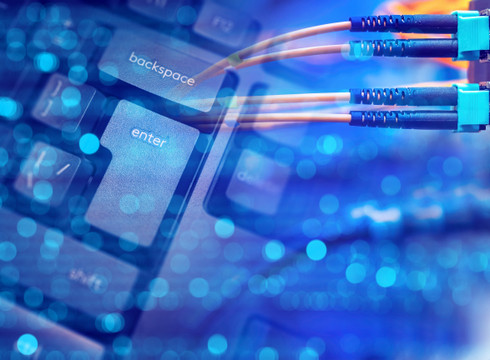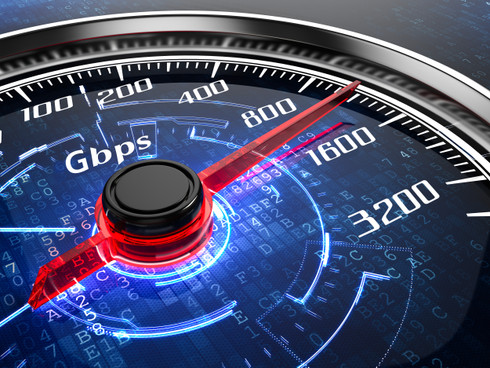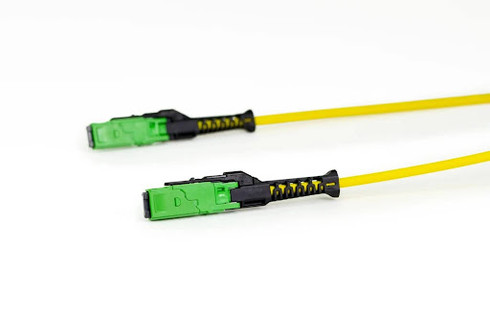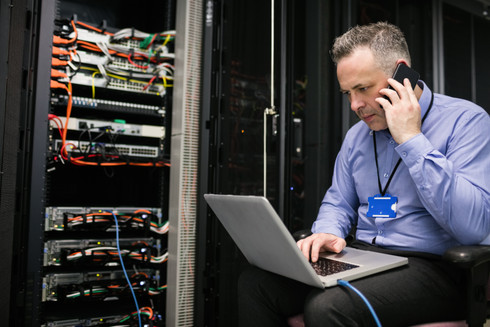The fiber industry is entering a transformative era. By 2026, evolving technology, policy shifts, and skyrocketing customer demand will redefine how organizations build, maintain, and scale their networks.
From AI workloads and hyperscale data centers to new connector technologies, the pace of change is relentles
…
read more
read more
Top 5 Benefits of Fiber to the Desktop (FTTD)
Nov 28th 2025
For decades, twisted-pair copper cabling has been the go-to standard for local area networks (LANs). But in today’s demanding digital landscape, copper has hit a wall.
With fiber becoming increasingly familiar and more cost-effective, fiber-to-the-desk (FTTD) is an unstoppable industry trend, driven b
…
read more
read more
In an industry driven by speed, automation, and AI-generated recommendations, it’s easy to forget that not every decision should be left to a machine. Fiber optics are highly technical, and the wrong connector type or polarity can set a project back days—or even weeks. That’s why at Cables Plus
…
read more
read more
The demands on your data center have never been greater—from supporting modern AI-driven workloads to delivering faster speeds and reducing soaring energy costs. But embarking on a data center upgrade without meticulous infrastructure assessment and preparation is the quickest path to failure. Insufficient
…
read more
read more
Large hyperscale and cloud data centers are rapidly migrating fiber optic links to 800 Gigabits (G) and 1.6 Terabits (T) speeds. This move is necessary to meet the increasing demand from AI workloads and other high-performance computing applications.
According to port shipment forecasts published by Dell'Or
…
read more
read more
As data centers and telecom networks evolve, so does the need for compact, high-density fiber optic solutions. If you're wrestling with crowded racks or planning for 800G upgrades, you know every port counts.
Enter the MMC/APC OS2 16-Fiber Patch Cable, a next-generation patch cable designed with cutting-edge engi
…
read more
read more
Standard vs. Custom Fiber Optic Cables
Sep 19th 2025
When designing or upgrading a fiber optic network, one of the most important decisions you’ll face is whether to use standard, off-the-shelf fiber optic solutions or invest in custom-built options. Both approaches have advantages, and the right choice depends on your application, timeline, and performance n
…
read more
read more
How to Optimize Your Fiber Installation in Limited Space
Sep 12th 2025
3 Ways to Optimize Your Fiber Installation in Limited Space
Amid the AI revolution and the continued rise of cloud computing, data centers are filling up with more servers, GPUs, switches, and storage than ever. At the same time, they are migrating to 400 and 800 Gigabit speeds to support high-performance c
…
read more
read more
Choosing the right fiber optic cables can be a complex process. While some customers know exactly what they need, many don't. If you're unsure about the specifics for your network, our fiber solutions team here at Cables Plus is here to help. We'll ask you a series of questions about your bandwidth needs, network
…
read more
read more









